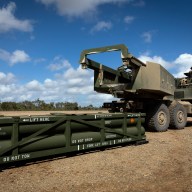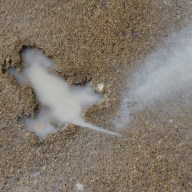Vier Guy stopped dead in her tracks, the laneway extending before her like a snow- and ice-covered obstacle course. She had seen it in this perilous state before.
Nine years ago, she slipped and fell on this very same laneway, adjacent to the Greenwood subway exit on the Bloor-Danforth line. She fractured her wrist, bumped her head and sued the City of Toronto.
Last month, an Ontario Superior Court judge ruled the city was “grossly negligent.” Justice Alfred J. Stong said the laneway should be treated as a sidewalk — with its snow and ice removed — because it is regularly used by local residents, subway passengers, students and people making deliveries to stores on Danforth Avenue.
Stong awarded Guy damages of $33,948.39.
The ruling, which the city is appealing, places Toronto’s snow removal practices under scrutiny. It comes during the second consecutive monster winter — the 115 centimetres of snow so far are more than this time last year — with the avalanche of snow causing a spike in slip-and-fall injuries, according to downtown hospitals, insurance company officials, claims adjusters and lawyers on either side of liability claims.
Provincial law requires municipalities to maintain all sidewalks. They can pass bylaws like Toronto’s requiring homeowners to clean snow from adjacent sidewalks. But courts have ruled that if someone slips and falls, municipalities are liable. (Homeowners could become responsible if they have blocked the sidewalk).
The 194 centimetres of snow last winter were roughly twice as much as what fell the winter before, causing liability claims to almost double, Toronto budget chief Shelley Carroll says.
Generally, 40 per cent of claims are found to have no merit and don’t proceed; the rest require the defence of city lawyers.
















